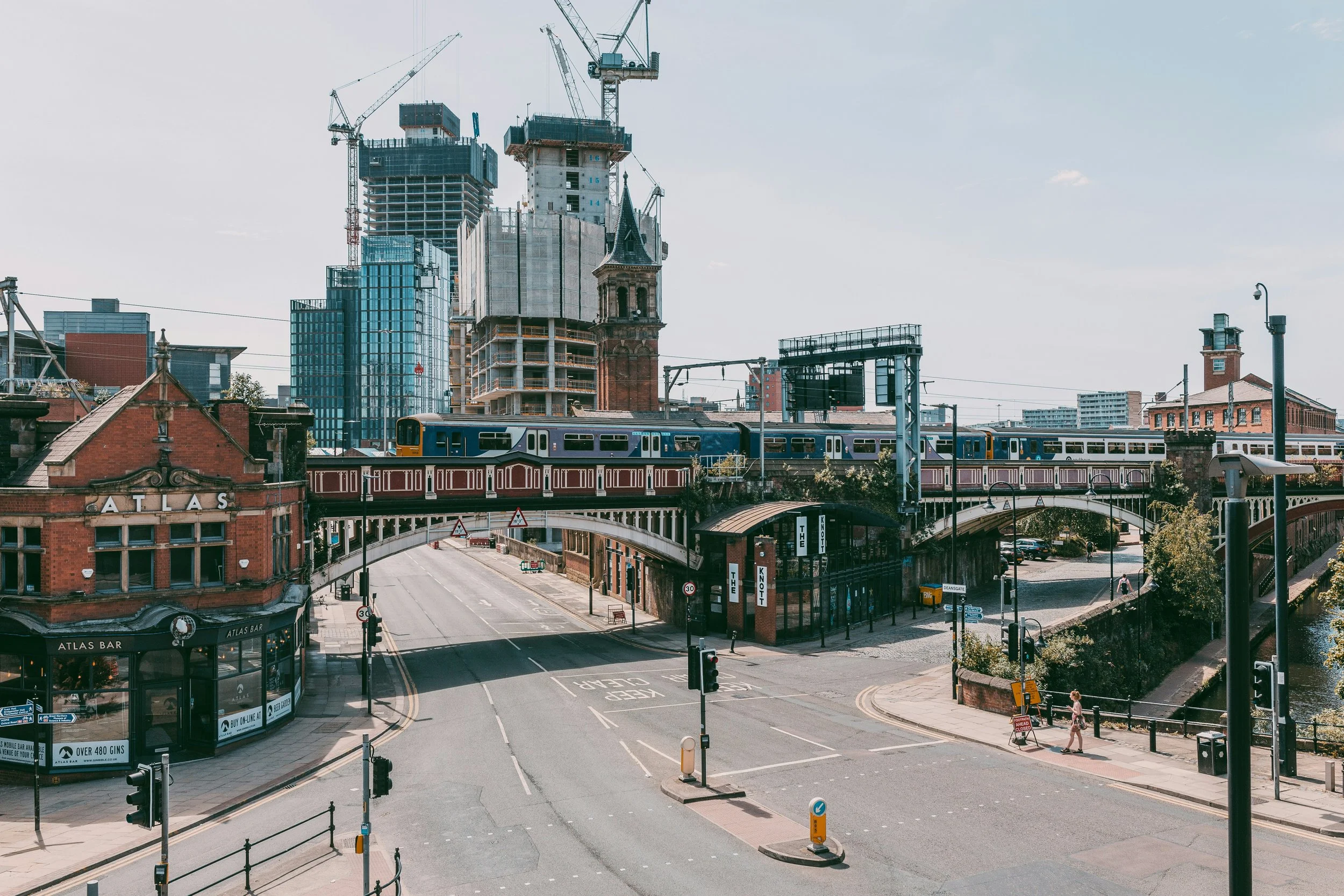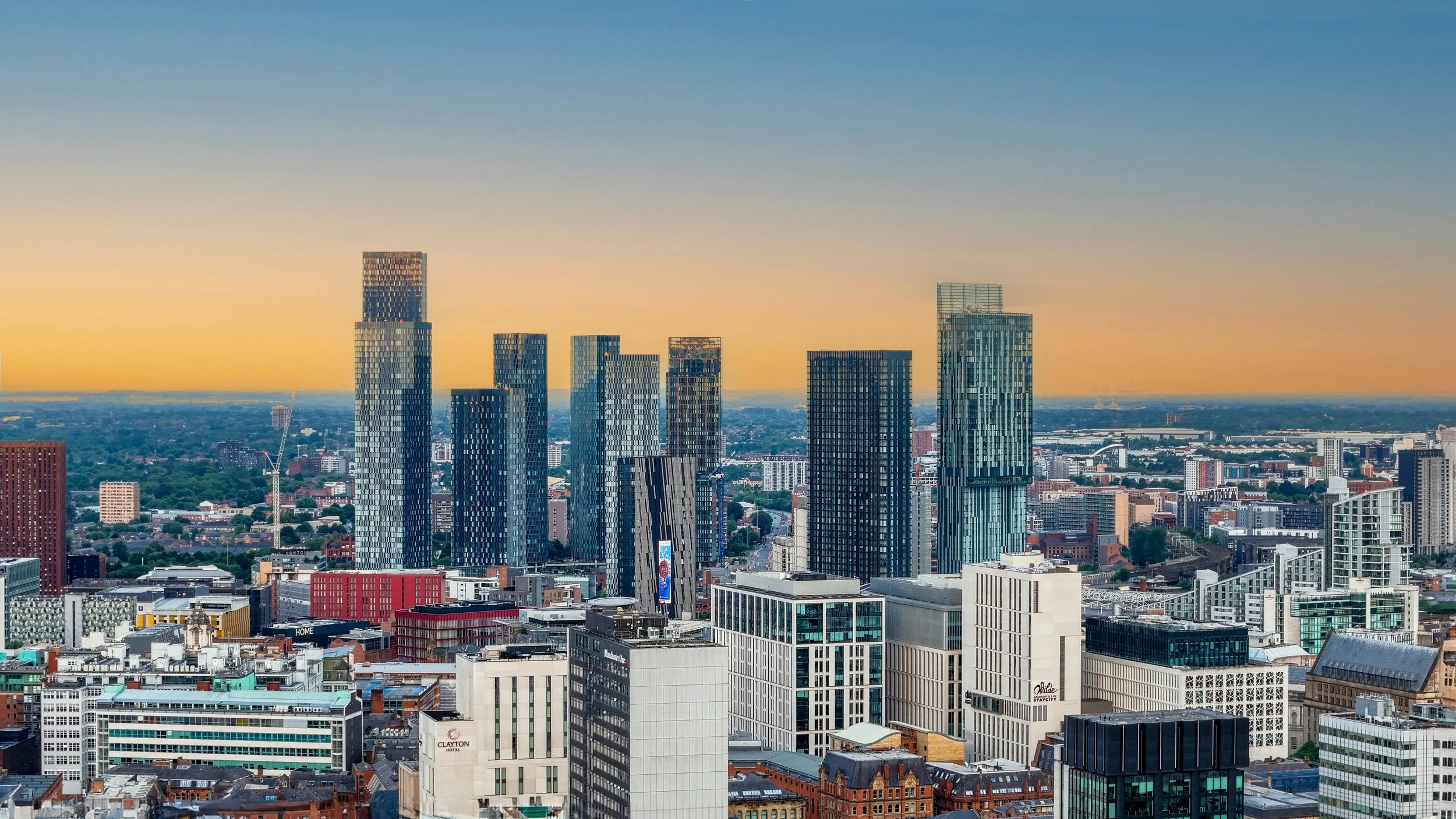Commercial property - a guide to buying and leasing
The world of commercial property is a complex one, whether you're an experienced investor expanding your portfolio, or a business owner weighing up the benefits of buying versus leasing premises.
From choosing the ideal location for your business to understanding tax implications, there's a lot to consider when venturing into commercial property investment.
This guide explores what commercial property is, different property types, key considerations around buying and leasing, as well as pros and cons that you ought to consider.
And if you’re a business occupier considering whether to lease or buy your premises, this guide will help you make a more informed decision by explaining the demands of commercial property ownership.
What is commercial property?
A commercial property is simply a property a business is based from. Unlike residential property, commercial real estate is specifically designed for business purposes. Here are the five main types of commercial property available:
1. Office spaces - Ranging from small converted houses to large multi-story buildings, offices are a prime example of commercial real estate. This category includes traditional office buildings, modern, flexible co-working spaces and business parks.
2. Industrial properties - Including warehouses, distribution centres, factories, and workshops, industrial commercial properties typically feature large open spaces and high ceilings and are often located near major transport routes.
3. Retail properties - Encompassing high street shops, shopping centres, retail parks, and standalone stores, the value of retail properties is heavily influenced by location, footfall and visibility.
4. Leisure properties - Hotels, restaurants, pubs, gyms, cinemas, and entertainment venues all fall within commercial leisure properties. These are recreational premises and often require specific planning permissions.
5. Healthcare properties - Including medical centres, GP surgeries, dental practices, care homes and specialist healthcare facilities, these properties often need to meet strict regulations and accessibility requirements.
Key considerations for buying or leasing a commercial property
Location
The location of your commercial property is hugely important and perhaps the most crucial factor affecting its value and potential success. When evaluating location, think about:
For investors: Look for areas with strong rental values and growing demand, and research local market rates and trends to identify areas with potential for capital appreciation. It’s worth noting that properties in established commercial districts usually offer stable returns, while up-and-coming areas might offer better growth prospects, but with higher risk.
For occupiers: Think hard about whether the location is commercially viable for your business. If you run a retail business you should prioritise high foot traffic areas, whereas if you have an industrial business transport links and loading access will probably be more important.
Property size
Choosing a property of the right size is another important factor to consider.
For investors: The size and layout of a property will determine the types of businesses that can occupy it, affecting its marketability. Properties that offer flexibility or can be easily subdivided often appeal to a wider range of potential tenants.
For occupiers: You need to think about not just your current business needs, but what you anticipate you’ll need in the coming years. Make sure you consider the space you need for core operations, storage requirements, meeting or client areas, staff facilities, and room for expansion.
The costs - how to fund the purchase of a commercial property
Buying a commercial property is obviously a significant investment, and there are several funding options available:
Cash purchase - This is the simplest approach if you have enough capital - it avoids interest costs and potentially gives you a better negotiating position.
Commercial mortgages - These are similar to residential mortgages but often require larger deposits (25-40% of the property value), with shorter terms too (15-25 years).
Bridging loans - Short-term financing to 'bridge' the gap between purchasing a property and arranging longer-term funding, or when quick completion is required. You should note that these loans typically have higher interest rates due to their short-term nature.
Auction finance - It’s possible to get specialised short-term loans if you’re buying a property at auction (completion is usually required within 28 days).
Pension funds - Self-Invested Personal Pensions (SIPPs) are yet another way to buy commercial property, offering their own tax advantages.
Also budget for - As well as the cost of the property, keep in mind the cost of legal fees and surveys, stamp duty (more on this shortly), renovation or fit-outs, ongoing maintenance, business rates and insurance.
VAT - for property owners and occupiers
VAT on commercial property transactions falls into three categories:
1. Standard rated (20% VAT)
This relates to new commercial buildings (that are less than 3 years old) and properties where the owner has ‘opted to tax’.
2. Zero-rated
Zero-rated applies only to the first grant of a major interest in a new build property (either freehold sale or lease over 21 years). The property must be used as a dwelling, for relevant residential purposes, or for charitable purposes
3. VAT exempt
The sale or lease of commercial property is typically exempt from VAT, meaning the purchaser or tenant does not have to pay it. However, commercial property owners have the option to charge VAT at the standard rate when selling or leasing their property.
‘Option to tax’ key points
If a landlord or vendor ‘opts to tax’ a commercial property, they must charge VAT on all supplies relating to that property, including rent and sale proceeds
HMRC must be notified of the decision within 30 days
Benefits include being able to reclaim VAT on property-related costs
It can be revoked within the first 6 months with certain conditions, including the repayment of any input tax deducted as a result of making the option
Transfer of Going Concern (TOGC) - avoiding VAT on a commercial property
It’s worth noting that is it possible to avoid VAT on a commercial property purchase if:
The property is sold with existing tenants (viewed as a property rental business)
The buyer is VAT-registered and opts to tax before completion
The buyer confirms to the seller that they have opted to tax
The rules around VAT on commercial property are complex and professional advice is essential to understand your specific situation.
Stamp duty
When it comes to stamp duty (SDLT) on commercial properties, you pay a percentage of the overall value. The percentage rate varies based on the value of the property you’re buying:
0% on the portion up to £150,000
2% on the portion between £150,001 and £250,000
5% on the portion above £250,000
As you can see, these rates are lower than those for residential properties.
Commercial land and transfers are also covered by these rates. For purchases in Scotland and Wales, the Land and Buildings Transaction Tax and the Landlord Transaction Tax need to be paid instead of SDLT.
After completing a purchase you have 30 days to pay SDLT - it’s wise to get your lawyer to do this for you to make sure you don’t miss the deadline and incur a fine.
Stamp duty relief - If you’re buying a commercial property in a Freeport tax area or Investment Zone you may be eligible for SDLT relief, provided the building is intended for use as a commercial property, for development/redevelopment and resale or for letting out for commercial (but not residential) use.
The pros and cons of commercial property investment
There are several advantages and a few potential disadvantages of investing in commercial property that you should be aware of:
Pros
Your capital will increase provided your property increases in value
The interest on commercial mortgages is tax-deductible and you can potentially save on capital gains tax
Renting commercial property out is more reliable than residential property because leases are typically five years or more, whereas buy-to-let rental periods are six to twelve months
If your costs increase, you can adjust the rent to help cover them
If you’re an owner-occupier you can modify the property without having to get permission from a landlord and you’re not subject to rent increases
Cons
Commercial properties are typically more expensive than residential properties because they often need to be very large
Lenders see commercial premises as higher risk so your deposit will be higher than for a residential property - from 25% up to 40%
The process of purchasing a commercial property can be considerably longer than other types of investment
Supporting your next steps in commercial property investment
So, as you can see, there’s a fair bit to consider when it comes to buying or leasing a commercial property. If this seems like a lot to take in, don’t worry, because The UpCo is here to help you take the next steps confidently, giving you all the guidance you need to find and acquire the perfect property.
With 20 years in the industry we can help you with commercial property acquisition, valuation, lease advisory and property management, working on your behalf to help to secure the perfect commercial property and get the best return on investment from it.
To discuss your situation, call 0151 542 5000, email hello@theupco.co.uk or get in touch through our website today. We’d love to discuss your needs.



